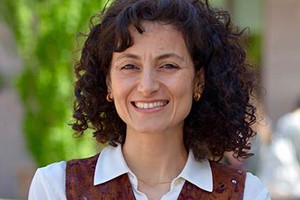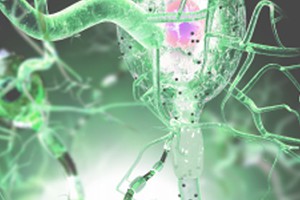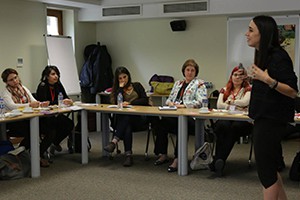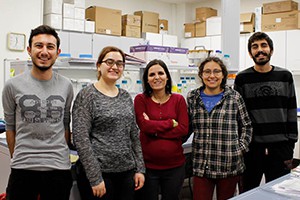Koç University Scientists Develop Salt-Impregnated Asphalt That De-Ices Itself
Icy roads are one of the biggest challenges brought by the winter season. A team from Koç University led by Dr. Seda Kizilel developed what may lead to a long-term solution to this problem.





